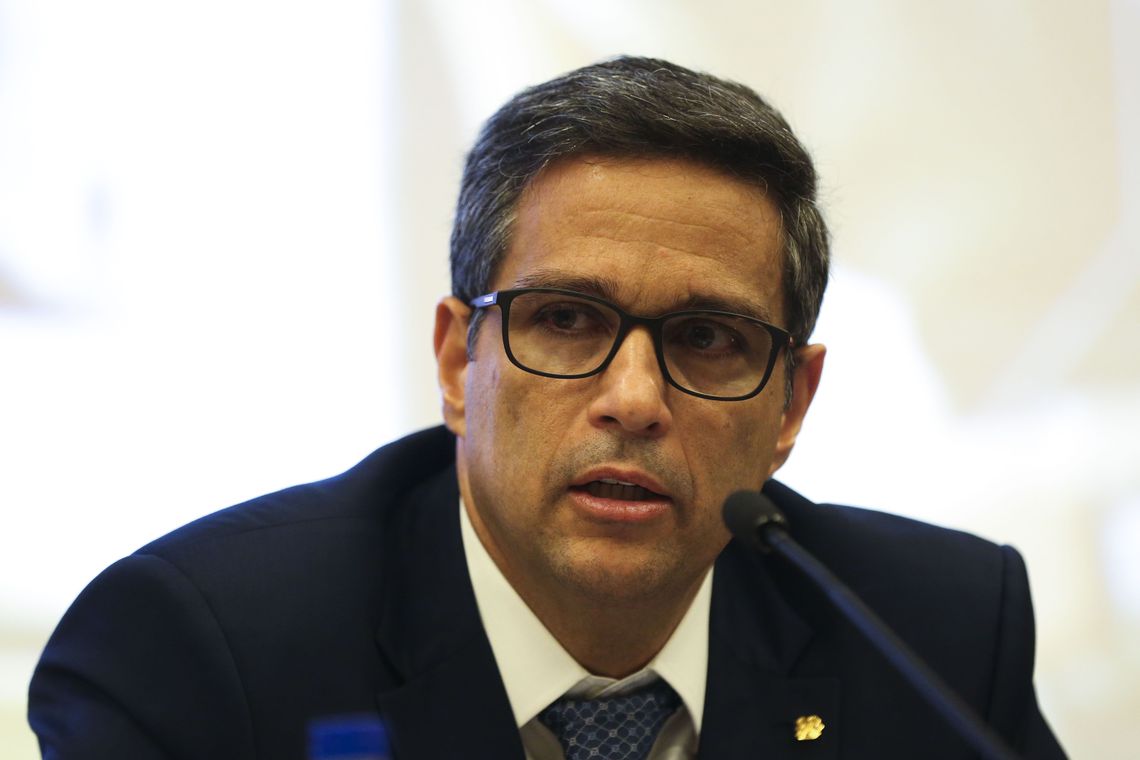The president of the Central Bank of Brazil (BC), Roberto Campos Neto, said on Wednesday, 19, that, according to his assessment, inflation in Brazil had fallen more slowly than expected, despite the basic interest rate being at a high level – currently at 13.75%, with accumulated 4.65% over the past 12 months.
The National Wide Consumer Price Index (IPCA), which closed March with a high of 0.71%, has registered 4.65% in the last 12 months.
“We look at many things and cross-reference many data.”

“But the reality is that the fall in inflation is slower than we expected, considering the level of the real interest rate in Brazil,” said the president of the Central Bank in his analysis.
“Which tells us that the battle has not been won, and we have to persist,” Campos Neto said at a conference with international investors.
Since August 2022, the Selic, the basic interest rate, has been at 13.75%, the highest level since 2016.
Thus, since the beginning of the Lula administration, there has been a wait for signals from the Central Bank for the rate to fall.
According to Campos Neto, the Central Bank evaluates that the accumulated inflation at the lowest level currently registered is still “contaminated” by the measures adopted by the government of former president Jair Bolsonaro in 2022, which worked to control inflation.
“The gross inflation index is ‘polluted’ by taxation changes in gasoline, energy, and gas.”
“When we look at the core of inflation, it is slightly below 8%, which is very high,” he concluded.
NEW FISCAL FRAMEWORK
Campos Neto also spoke briefly about the proposal submission, on Tuesday 18, of the fiscal framework, which, if approved, will replace the current spending cap created during the last government.
The project, which is still to be voted on, establishes targets for public spending and the primary surplus.
“I think it is a good indication that we are moving in the right direction.”
“It removes the risk that I saw in some projections out there, that the debt would go to 100% [of GDP] very quickly,” said Campos Neto.
With information from Revista Oeste

